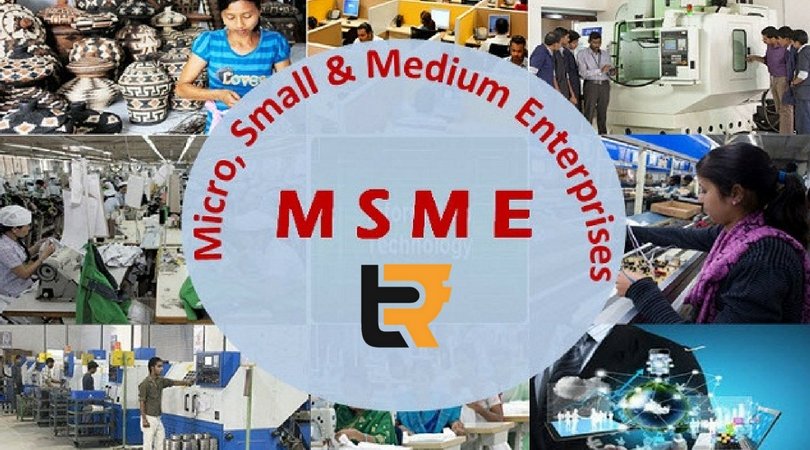Difference between Micro, Small & Medium Enterprises and their Validity
Some cultures around the world define micro, small and medium enterprises with fancy terms and language but in developing countries like India, it means survival for many families. Let us discuss these three enterprises individually to get a better understanding.
- Micro enterprises and their validity
Micro enterprises are everywhere around us like an ice-cream parlor or your favorite cafe in your neighborhood. These are small businesses with minimal employees and minimal capital. A microenterprise usually operates with less than 10 people and is started with a small amount of capital. In a developing country, necessity compels micro-entrepreneurs to represent the vast majority of the small business sector. They add value to the economy by creating micro-business, enhancing the income & lowering the overall cost of business. The number of micro-entrepreneurs is high due to the reason that no proper training and formal jobs are available to them.
Also Read: What’s in Budget for MSME’s. Tax Relief and other Benefits.
Micro-enterprises in developing countries produce both products and services for their local areas. These small businesses come in the form of local farms, selling cooked food from the sidewalk or food staples from a small store.
- Small enterprises and their validity
Sometimes called a small business, a small enterprise is a business that employs a small number of workers and does not have a high volume of sales. In technical terms, it is an independently owned and operated company that is limited in size and in revenue depending on the industry. Such enterprises are usually privately owned sole proprietorships, corporations or partnerships.
Small enterprises exist almost in every industry. They can range from convenience stores to small manufacturing plants. It can be a local bakery that employs 10 people or a manufacturing unit that employs 50 people. Additional types of small scale enterprises include privately owned restaurants, law firms, inns, dry cleaners, engineering, and architectural firms.
Small enterprises also vary in terms of size, revenues, and regulatory authorization. Some small businesses such as a home accounting business may only require a business license. On the other hand, some like daycare, orphanages, and retirement homes are heavily regulated.
- Medium enterprises and their validity
The category of medium scale enterprises is made up of enterprises which employ fewer than 250 persons. These enterprises emerge from the slow and steady growth of successful small businesses. As a company earns more revenue, it starts keeping aside the capital required for buildings, equipment, and recruitment of more employees. This eventually creates a bridge between small businesses and big corporations.
Categorization of MSME’s in terms of investment and turnover for Manufacturing and Service industry (Please note the MSME registration is not available for trading entities)
| Classifications | Manufacturing & Service Sector | |
| Investment | Turnover | |
| Micro | Upto 1 Crore | Upto 5 Crore |
| Small | More than 1 Crore but less than 10 crore | More than 5 Crore but less than 50 crore |
| Medium | More than 10 Crore but less than 50 crore | More than 50 Crore but less than 250 crore |


